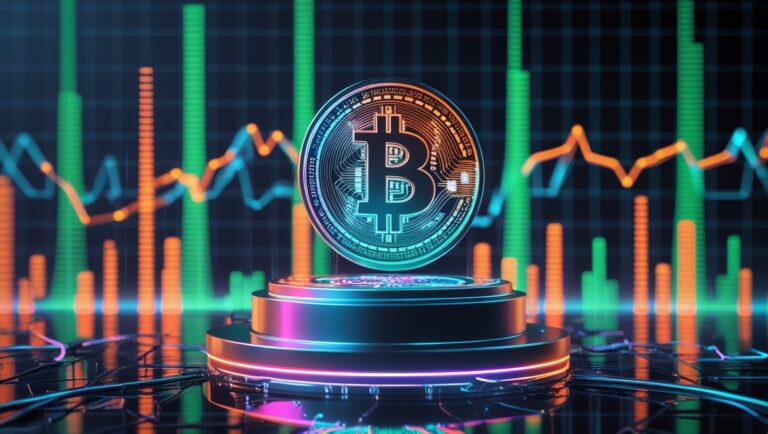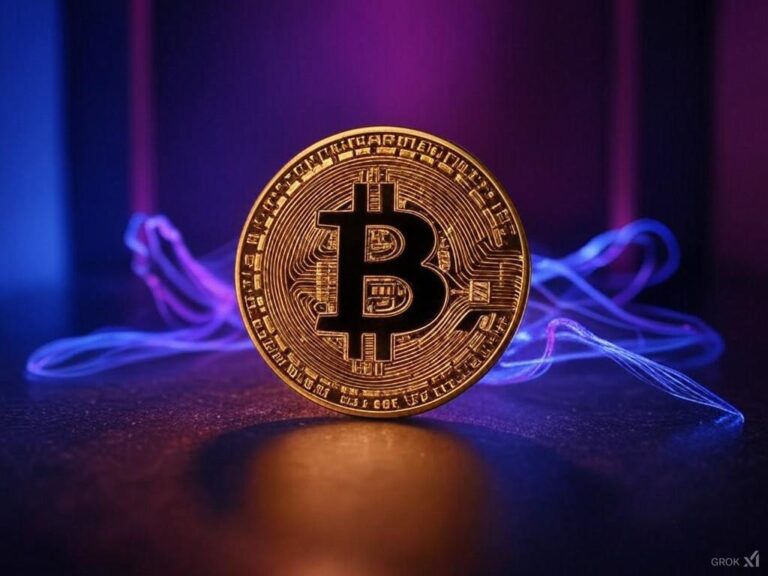Royalties
The meaning of the term comes from the world of investments and returns –
"Royalty payments typically constitute a percentage of the gross or net revenues received from the use of an asset.
However, they can be negotiated on a case-by-case basis according to the wishes of the two parties involved in the transaction.
The original inventor or owner of the copy may choose to sell the product to a third party in exchange for royalties from the future revenues that the product may generate."
A small reminder of what NFTs are?
NFTs, or non-fungible tokens, are unique digital assets stored on the blockchain network.
Unlike cryptocurrencies, which are divisible, each NFT is one of a kind and can have its own unique value.
NFTs are used to represent anything from physical to digital art, music, virtual real estate and more.
Collectible items and various collectors' collections are also common in the market.
In recent years, the world has experienced tremendous exposure to the use and creation of NFTs.
Some of the exposure to the market comes from the royalties that can be generated from the future revenues that the creations may generate from selling them down the road and their increasing financial value.
The unique digital assets allow creators to sell one-of-a-kind items that can range from art, to music, to tweets and funny memes.
Different markets are developing their own uses, such as the sports sector issuing NFTs that immortalize highlight moments from games.
The film and culture world has also started using NFTs to issue admission tickets for shows and screenings, helping maintain exclusivity, ownership, and cost savings and parties involved in the transaction.
As the NFT market continues to grow, creators are looking for more and more ways to profit from their work beyond the initial sale of their creations.
Part of the technological innovations brought by the field is the tremendous buzz that allows creators to continue earning even when the creation is no longer in their possession.
What does this mean?
It means that even if the creator initially sells an NFT at a low price, they can continue to benefit financially from the accruing value of their work as it is resold and traded again and again on secondary markets.
Creators also need to consider upfront what percentage they want to set for their royalty fees, as it can impact the value and buyers' willingness to engage in such trading.
For sellers, setting royalty fees is a way to protect their interests and ensure they receive fair compensation for the creation.
For buyers and traders, it means they may be able to profit by holding the NFT and selling it at a later date, which is essentially part of the excitement around the market but also sells as an investment for the long term.
The ability to hold onto a creation while believing its value will increase based on demand versus limited supply and the unique features of the copy you purchased compared to the rest of the collection and what the market sees.
Let's take a look back – when Van Gogh sold his creation and received compensation for it, the creation continued to change hands and in most cases continued to accrue financial value, but the great artist Van Gogh, in whose name the sellers offered the creation at a higher price than the original price, did not receive royalties in return.
So what are royalties really?
Royalties are a percentage of the sale price that the creator of the work receives every time it is traded or resold on the market.
Royalties in the context of NFTs (Non-Fungible Tokens) refer to the percentage of the sale price that the creator of the NFT receives every time it is sold or transferred again on the market.
This action is performed automatically by a smart contract created at the time of minting the NFT.
This is a unique and innovative way for the original creator to continue to benefit economically from the accruing value of the digital and artistic copy that rewards their work.
For example, if an artist creates an NFT of their artwork and sets a 10% royalty fee, every time the NFT is resold, the artist will receive 10% of the sale price.
So if the NFT sells for $10,000, the artist will receive $1,000 as a royalty fee.
To create an NFT with a royalty fee, the creator will need to mint the NFT on the blockchain using a smart contract in a way that supports royalties.
Creators can set the royalty percentage when creating the NFT, and the contract will be automatically enforced by the platform upon sale.
This way the artist does not create workloads in order to collect royalties and upfront sets their personal wallet address to which the fees will be sent.
And from the buyers and traders side?
To use an NFT with a royalty fee, buyers and traders need to be aware of the royalty percentage before making a transaction.
You'll also need to check if the platform you're using supports royalties and how it handles them.
All this information is public and exposed to everyone and usually appears on the creation's page or in the details of the smart contract containing the NFT.
Royalties typically range from 3%-10% on each transfer and this is a variable figure that depends a lot on the collection and the creator.
This is also a warning sign for such and other scams.
Many times people buy the FOMO (Fear of missing out) and not the features of the creation, and thus sometimes miss the Royalties – and suddenly find that the compensation for the sale can be 100 percent of the total value or all kinds of settings that can only be purchased and not sold, so it's important for us to remind and inform you that proper and vigilant fundamental research will prevent you from making such mistakes that seem obvious!
It's important to note that royalties in the NFT market are a new concept that is evolving rapidly, and currently there is no standard approach to how they are implemented and enforced.
Therefore, creators, traders, buyers and sellers need to carefully consider the terms and limitations of each NFT selling platform and even each specific transaction before execution.
In summary, royalties are an important aspect in general and especially in the NFT market for both sellers and buyers.
They provide creators with a way to continue to benefit economically from the increasing value of their work, while buyers can potentially profit by holding the NFT for an extended period and accruing royalties.
As the NFT market continues to grow, it will be interesting to see how royalties are used in the future, among renowned creators, famous artists, companies and corporations that are already using the technology today.





















